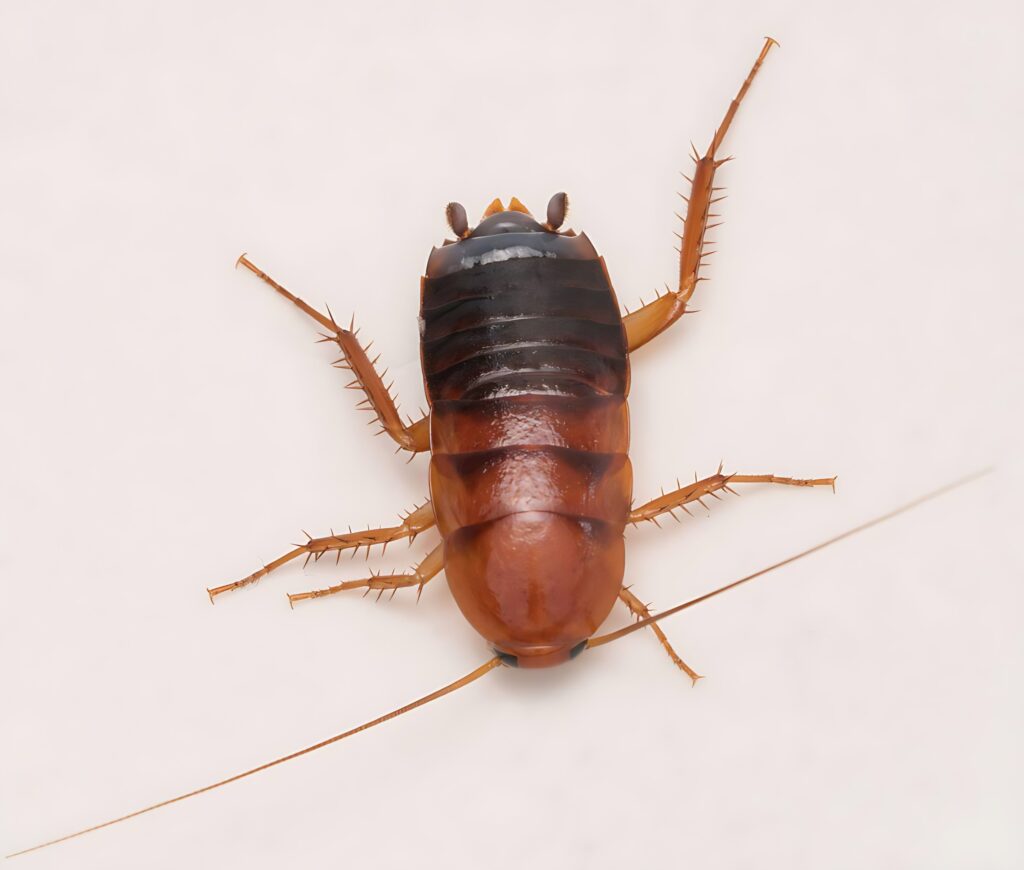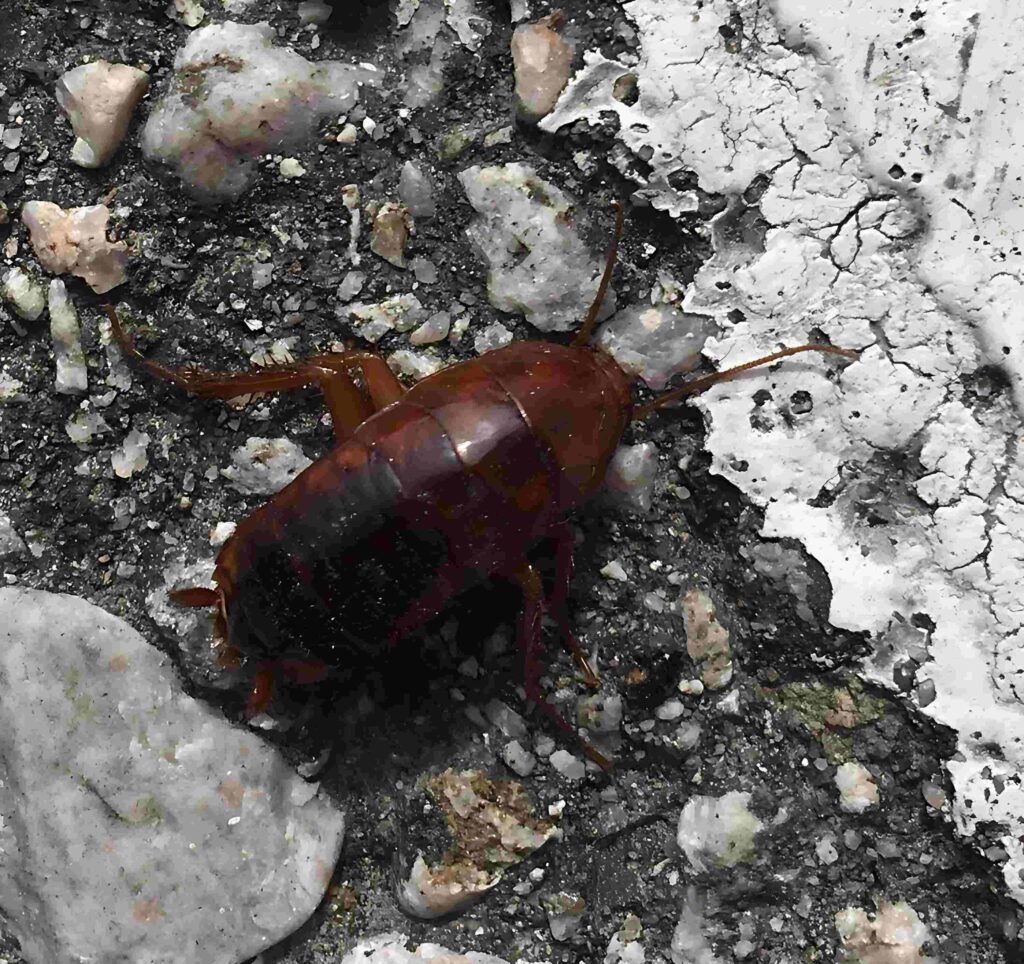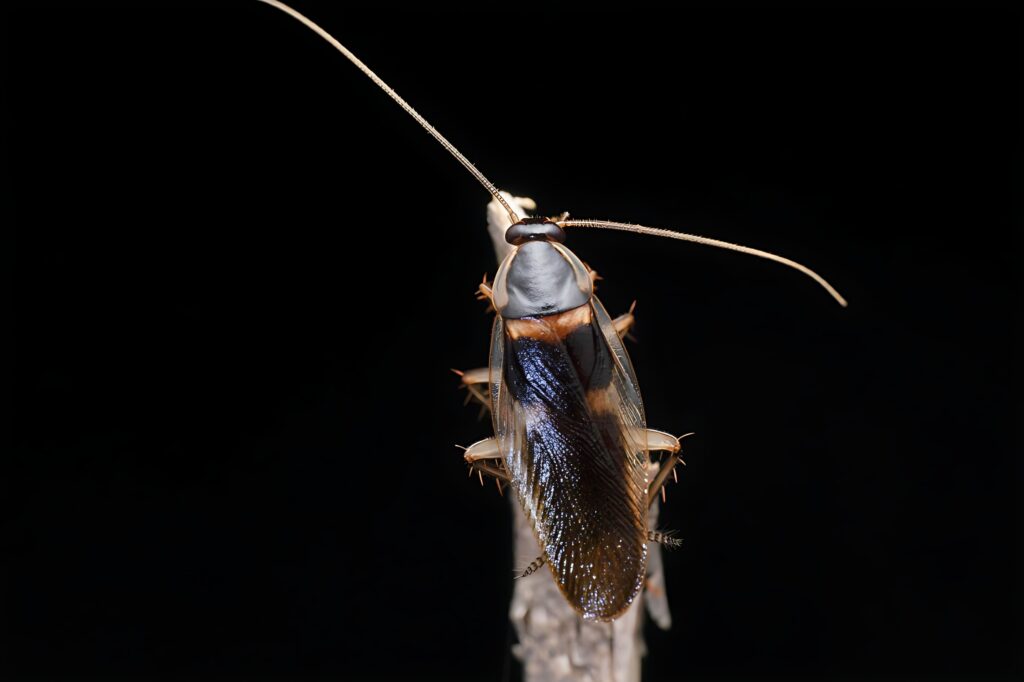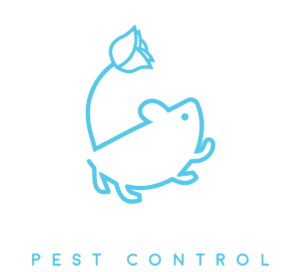Other Local Roaches Control

Less Common Local Cockroaches: Turkestan, Smoky Brown, and Brown-Banded
When it comes to roaches, not all species are created equal. Some are sneaky intruders, others are relentless survivors, and then there are those that are just plain persistent. Meet the occasional invaders—the Turkestan Cockroach, Smoky Brown Cockroach, and Brown-Banded Cockroach. Each one comes with its own unique quirks, but they all have one thing in common: they don’t mind living in your home rent-free!
Let’s take a deep dive into what makes each of these roach species a serious pest—and how you can send them packing for good.
Turkestan Roaches: The Flashy Invaders
Native to Central Asia but now thriving across the U.S., Turkestan cockroaches (Blatta lateralis) are among the flashiest of the cockroach family. Males have wings with a bright yellow-orange tint, while the females are darker, with shorter wings. They’re usually found outside, hiding in mulch, under rocks, or in garden debris. But make no mistake—once they discover a crack in your foundation or a gap under your door, they’re in! They can also come up the drains.
Signs of a Turkestan Roach Infestation:
- Sightings of males—Fast-moving, colorful males are often spotted near outdoor lighting at night.
- Egg casings: Small reddish-brown oothecae tucked away in dark corners.
- Fecal matter: Look for black specks in areas like kitchens, bathrooms, or basements.
- Sudden appearance in garages: These pests love to hang out in humid, warm garages.

Smoky Brown Roaches: The Forest Dwellers Turned House Guests
The Smoky Brown cockroach (Periplaneta fuliginosa) is a shiny, dark reddish-brown pest with a love for outdoor environments. Think tree bark, leaf piles, and gutters. But don’t be fooled—these agile climbers and fliers can easily find their way inside your home, especially through attic vents or broken window screens. They’re notorious for spreading disease and bacteria, as they track their filth into your living space.
Signs of a Smoky Brown Roach Infestation:
- Winged invaders: You might catch them buzzing around porch lights or hear them flapping inside your attic.
- Eggs and droppings: Smoky Brown roach droppings look like small, black specks, often found in moist, dark areas.
- Musty odor: Like other roaches, they produce a distinctive musty smell that becomes more pungent as their population grows.
- Dead roaches near doors/windows: These creatures are drawn to light, and you may find dead roaches after they’ve been attracted to entry points.
Brown-Banded Roaches: The Stubborn Hitchhikers
The Brown-Banded cockroach (Supella longipalpa) is smaller than your average roach, but don’t let their size fool you—these pests are notoriously difficult to eliminate. Characterized by two light brown bands across their wings, Brown-Banded roaches prefer warm, dry places and love to hitchhike into your home via luggage, furniture, or boxes. Unlike other species, they don’t need high moisture to survive, meaning they can infest anywhere from your kitchen to your bedroom.
Signs of a Brown-Banded Roach Infestation:
- Roaches in high places: Brown-Banded roaches are frequently found in cabinets, picture frames, and behind electronics.
- Egg casings and nymphs: Check behind furniture or even inside appliances for small, reddish-brown egg capsules and young roaches.
- Droppings in hidden areas: These look like black pepper and can often be found in places you’d least expect, such as inside closets or along shelves.
- Visible roaches in daytime: Brown-Banded cockroaches are more likely to be seen during the day compared to other species.


The Dangers of Turkestan, Smoky Brown, and Brown-Banded Roaches
Each of these species poses significant health risks to you and your family:
- Allergy triggers: Roaches shed skin and leave behind droppings that can trigger asthma attacks and allergic reactions, particularly in children and sensitive individuals.
- Disease spreaders: Roaches crawl through trash, drains, and sewage, picking up bacteria such as E. coli, Salmonella, and more, which they then spread onto your countertops, utensils, and food.
- Food contamination: Roaches can spoil food and cause food poisoning by contaminating pantries, kitchens, and storage areas.
- Psychological toll: Seeing a roach scuttle across your floor is enough to give anyone the creeps, and prolonged infestations can cause significant stress and anxiety.
How Are These Roaches Invading Your Home?
You may unknowingly invite roaches into your home through:
- Hitchhiking in items: Roaches, especially Brown-Banded ones, can easily sneak in through luggage, used furniture, or cardboard boxes.
- Openings and gaps: Cracks in the foundation, loose window seals, or broken vents are perfect entry points.
- Outdoor debris: Smoky Brown and Turkestan roaches thrive in yard clutter, firewood piles, and unsealed compost bins, which can bring them closer to your home.
- Moisture sources: Leaky pipes, poor drainage, and condensation around appliances create a welcoming environment for roaches looking to settle down.
Pest-Conducive Conditions Around Your Home
Your home may inadvertently be attracting roaches by offering these cozy amenities:
- Poor ventilation in attics and crawl spaces.
- Unsealed garbage cans or compost piles in the yard.
- Stacks of firewood or debris left against the exterior of your home.
- Excess moisture in basements, under sinks, or in garages.
- Cluttered storage spaces offering perfect hiding spots for these pests.
10 Surprising Facts About These Roaches
- Turkestan roaches are drawn to light like moths to a flame, making porch lights and street lamps their hotspots.
- Smoky Brown roaches can glide through the air, making them some of the most unsettling fliers.
- Brown-Banded roaches prefer higher places, so they’re often found in the upper floors of homes.
- Turkestan females lay fewer eggs than males, but they still reproduce rapidly, making them a tricky pest to control.
- Smoky Brown roaches are expert climbers, scaling walls with ease.
- Brown-Banded roaches can live up to 200 days, giving them plenty of time to infest every room.
- Turkestan roaches are often mistaken for the American cockroach, but their bright coloration gives them away.
- Smoky Brown roaches are highly susceptible to cold, so they invade homes during cooler months for warmth.
- Brown-Banded roaches can survive up to a month without food—but they can’t live more than a few days without water.
- All three species can transmit bacteria and viruses, turning your home into a potential health hazard.
Tips to Keep Roaches Out
Here’s what you can do to send these roaches packing:
- Seal entry points—Check your windows, doors, and foundation for any cracks or gaps, and seal them up.
- Keep your yard tidy—Remove mulch, leaf piles, and any outdoor clutter that roaches love to hide in.
- Fix moisture issues—Repair leaky pipes, improve ventilation, and reduce humidity in your home.
- Use airtight containers for food storage to cut off their food supply.
- Declutter your space—Limit hiding places by keeping your home organized and clean.
- Monitor attic and basement—Check these spaces regularly for signs of roaches, and clear any stored items that may harbor pests.
Safety First
“Is it Safe?”
At Pasadena Pest Control, we keep the safety of your family and pets at the forefront of our minds as we plan and work, doing so with minimal disruption to your daily life. We apply chemicals according to the label, which in California is among the strictest and safest in the nation. We take into account your pets and plants, your family and the features specific to your property. At Pasadena Pest Control, we are well-trained on safety procedures, eco-consciousness and educating our customers. And yes, we are licensed, bonded and insured.
When you work with us, you will always know what to expect, how to be prepared, when we are coming, when we’ve started and when we’re done. In short, we provide The Service We’d Want in Your Shoes.
Why You Need Professional Help for Roach Control
Let’s face it—these roaches are fast, sneaky, and resilient. They’ve evolved to withstand the typical DIY sprays and traps, and missing just one egg capsule means the infestation will start all over again. Professional pest control, like Pasadena Pest Control, brings the know-how, experience, and specialized treatments designed to target these specific roach species and prevent them from coming back.
With the right plan, we don’t just treat the symptoms; we eliminate the problem. Permanently.
Ready to Send Roaches Packing?
Don’t let these roaches turn your home into their own personal hotel. Call Pasadena Pest Control today, and let us show these pests the door—for good. Because, let’s be honest, no one’s asking, “Hey, where’s that cockroach when I need it?”
Questions Others are asking
We ❤️ love helping new customers! Don’t see your question answered below? Call us and we’ll
be happy to provide more information.
be happy to provide more information.
- Turkestan Cockroaches: Reddish-brown with cream-colored markings; males have wings, females have shorter wings.
- Smokybrown Cockroaches: Uniformly dark brown to black; attracted to light.
- Brown-Banded Cockroaches: Light brown with two lighter bands across their wings; prefer warmer areas.
- Turkestan: Outdoors in warm regions, often near lights.
- Smokybrown: In attics, tree holes, and areas with high humidity.
- Brown-Banded: Inside homes, especially in higher locations like ceilings and picture frames.
Maintain cleanliness, reduce moisture, seal entry points, and use appropriate baits or insecticides.
